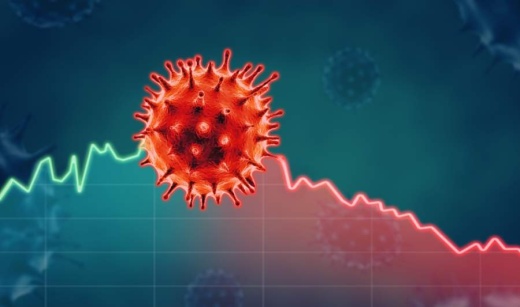At the April 22 Central Health board of managers meeting, Sarita Clark-Leach, the Central Health director of analytics and reporting, provided a review of Travis County’s confirmed coronavirus cases broken down by ZIP code, racial identity and ethnicity.
Clark-Leach’s analysis found there has been an observed increase in the proportion of Travis County COVID-19 patients who identify as Hispanic or as being of Latin American descent since April 8.
On April 8, 33% of all coronavirus cases in Travis County were Hispanic patients. By April 20, that percentage had risen to 41%, and by April 23, the percentage was 46%.
“These numbers change quickly,” Clark-Leach said. According to the data presented to Central Health officials, Travis County’s estimated doubling time, or the number of days for the number of diagnosed cases to increase by a factor of two, has risen for two straight weeks.
“Doubling time gives us an indication of continuous growth or stagnation,” Clark-Leach said. “The growth has slowed considerably.”
The county had an estimated doubling time of 13.52 days as of April 20, a good number in comparison to some of the worst-hit metropolitan areas in the U.S., per Central Health documents. Those metropolitan areas were reporting doubling time rates of four days or less.
Clark-Leach found some of the poorerZIP codes and neighborhoods are experiencing the most dramatic percentage increases in rates countywide, however. According to Central Health documents, the St. John’s neighborhood in the 78752 ZIP code experienced a 187.5% increase in confirmed COVID-19 cases from April 13-20, a doubling time of 4.59 days, the data shows.
The nearby 78758 ZIP code experienced a 64.9% increase in cases from April 13-20, with an estimated doubling time of 9.7 days, Central Health documents show.
Meanwhile, the 78701, 78703 and 78705 ZIP codes—areas that contain downtown Austin and the Tarrytown and North University neighborhoods—either experienced no increases or saw declines in the number of confirmed coronavirus cases per capita.





